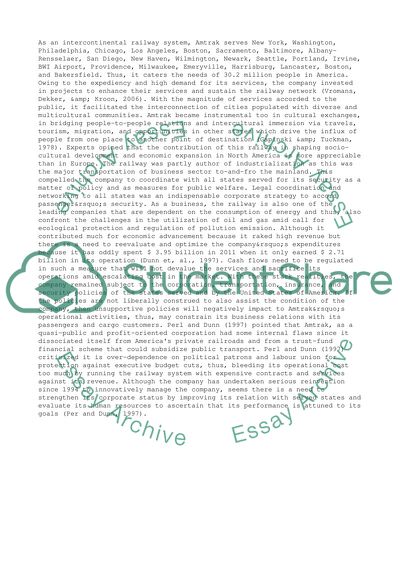Cite this document
(“Intercontinental Railway System - Amrak Essay Example | Topics and Well Written Essays - 1750 words”, n.d.)
Retrieved from https://studentshare.org/business/1454727-amtrak
Retrieved from https://studentshare.org/business/1454727-amtrak
(Intercontinental Railway System - Amrak Essay Example | Topics and Well Written Essays - 1750 Words)
https://studentshare.org/business/1454727-amtrak.
https://studentshare.org/business/1454727-amtrak.
“Intercontinental Railway System - Amrak Essay Example | Topics and Well Written Essays - 1750 Words”, n.d. https://studentshare.org/business/1454727-amtrak.


